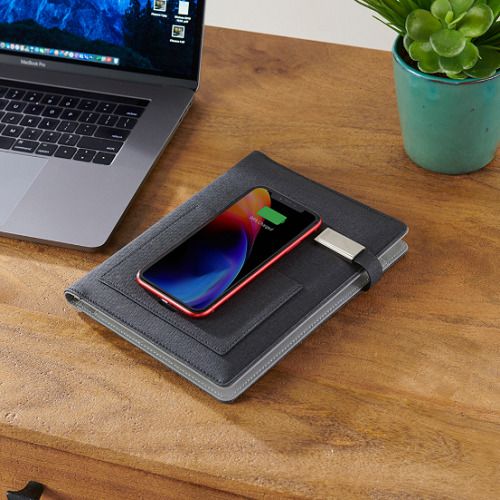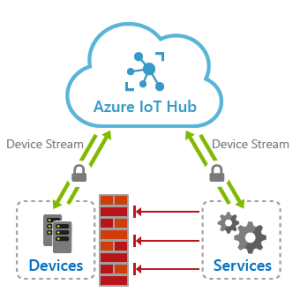
The Future of Wireless Charging in Notebooks
In recent years, the technology landscape has seen tremendous advancements, with various innovations transforming the way we use and interact with our electronic devices. One such innovation that holds great potential for the future is wireless charging in notebooks. Gone will be the days of tangled cords and seeking out available power outlets. With wireless charging, convenience and efficiency will reach new heights.
Understanding Wireless Charging
Wireless charging, also known as inductive charging, enables the transfer of electrical energy from a power source to a device without the need for physical connections. This technology utilizes electromagnetic fields to transmit energy between two objects: a charging pad and the device itself.
The concept of wireless charging is not entirely new. Many users might already be familiar with wireless charging on smartphones and other smaller devices. However, implementing wireless charging in notebooks comes with its own set of challenges and opportunities.
The Advantages of Wireless Charging in Notebooks
1. Convenience: Imagine never having to carry around a bulky charger or constantly hunting for an available power outlet. Wireless charging will enable seamless charging experiences for notebook users, free from the constraints of cables and cords.
2. Flexibility: With wireless charging, users can charge their notebooks from various surfaces, including desks, tables, or even embedded charging pads. This flexibility allows for improved workspace organization and the potential for adaptive charging surfaces in public spaces.
3. Durability: The absence of physical charging ports reduces wear and tear, as there are no connectors to break or become damaged. This longevity factor can significantly prolong the lifespan of notebooks, ultimately reducing electronic waste.
The Challenges Ahead
While the benefits of wireless charging in notebooks are undeniable, there are still some hurdles to overcome before it becomes a standard feature:
1. Efficiency: Current wireless charging technologies can sometimes result in slower charging speeds compared to traditional methods. Enhancements in efficiency will be necessary to ensure that wireless charging becomes a viable alternative for notebook users.
2. Standardization: To ensure compatibility and widespread adoption, industry-wide standardization on wireless charging protocols and hardware specifications is vital. This will allow consumers to confidently invest in wireless charging technology, knowing that it will work seamlessly across different notebook brands and models.
3. Cost: As with any new technology, the initial costs of implementing wireless charging may be higher. However, as the technology matures and becomes more widespread, it is expected that costs will decrease over time.
The Roadmap to Adoption
Despite the obstacles, the future of wireless charging in notebooks looks promising. Tech giants and manufacturers are already investing in research and development to bring this technology to the masses. Over time, we can anticipate the following:
1. Integration: Wireless charging will be seamlessly integrated into next-generation notebooks. This may involve developing thinner and lighter charging pads, optimizing charging efficiency, and reducing associated costs.
2. Eco-friendliness: The implementation of wireless charging in notebooks aligns with sustainability goals by reducing the reliance on traditional charging methods. This shift supports environmental conservation efforts by minimizing electronic waste and promoting energy efficiency.
3. Ubiquity: Just as Wi-Fi has become a ubiquitous feature in our devices, wireless charging will follow suit. As the technology becomes more streamlined and standardized, we can expect to see wireless charging pads integrated into various environments, including coffee shops, airports, and homes.
Conclusion
Wireless charging in notebooks holds immense potential for transforming the way we power our devices. As technology continues to advance, these new charging methods will revolutionize the user experience, providing convenience, flexibility, and durability. While there are hurdles to overcome, the roadmap to widespread adoption is being paved. In the near future, we can expect wireless charging to become a standard feature, making tangled cords and searching for power outlets a thing of the past.

